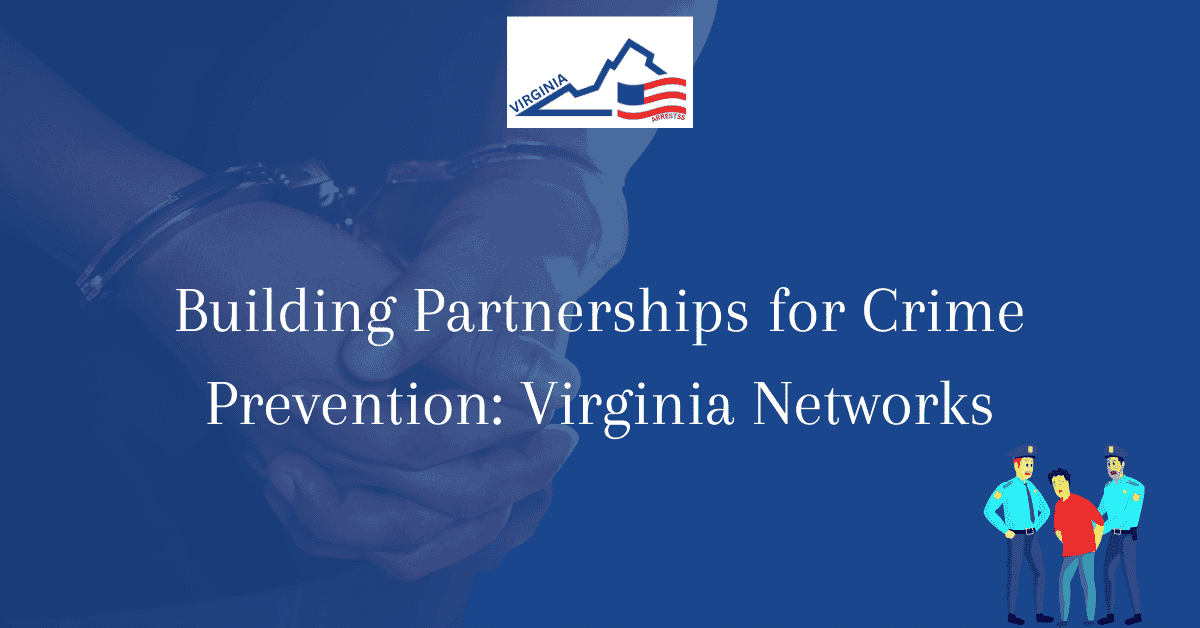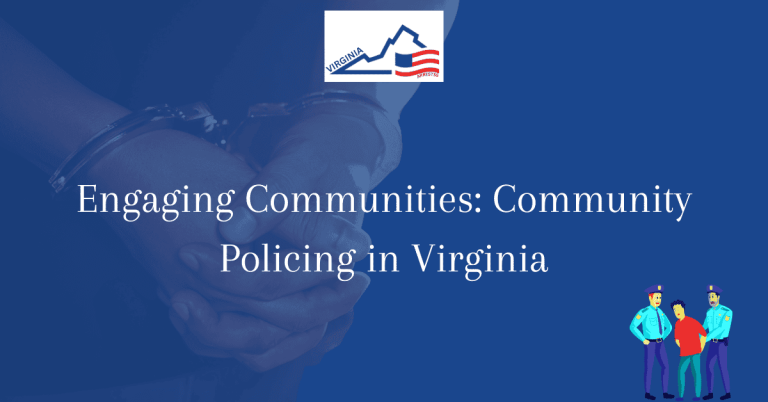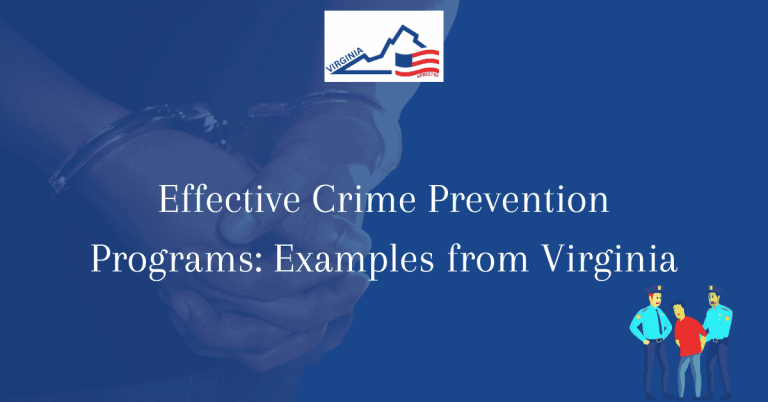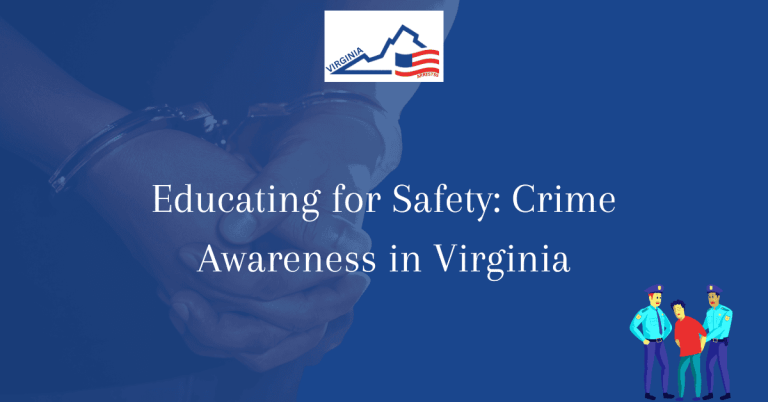Building Partnerships for Crime Prevention: Virginia Networks
Building partnerships for crime prevention is crucial in fostering a safer community. Virginia Networks plays a pivotal role in connecting various organizations, law enforcement agencies, and community members to collaborate effectively against crime. By establishing strong relationships and sharing valuable resources, Virginia Networks empowers communities to proactively address crime issues and create a united front against criminal activities.
Through the coordination and cooperation facilitated by Virginia Networks, stakeholders can work together to implement preventive measures, share best practices, and enhance communication channels. By fostering a culture of collaboration and information-sharing, Virginia Networks strengthens the overall crime prevention efforts in Virginia, making the state a safer place for all residents and visitors alike.
Importance of Crime Prevention Partnerships
Crime prevention partnerships play a crucial role in enhancing community safety by promoting collaboration among various stakeholders such as law enforcement agencies, community organizations, and residents. By forming alliances and coalitions, these partnerships work together to identify and address crime-related issues effectively.
Collaborative Efforts Enhance Community Safety
By working together, different organizations and agencies can pool their resources and expertise to develop comprehensive crime prevention strategies. This collaborative approach ensures that all aspects of crime prevention, from education and awareness to enforcement and intervention, are addressed effectively.
Strengthening Relationships for Effective Crime Prevention
Building strong relationships and trust among partners is essential for the success of crime prevention partnerships. By fostering open communication and mutual respect, these partnerships can create a supportive environment for sharing information and resources to combat crime.
Role of Law Enforcement in Virginia Networks
Law enforcement agencies in Virginia play a crucial role in building partnerships for crime prevention by engaging with communities and implementing targeted strategies to prevent crime. By working closely with residents and community organizations, law enforcement can enhance trust and communication to address safety concerns effectively.
Building Trust and Communication with Communities
Law enforcement agencies in Virginia prioritize building trust and communication with communities to foster a collaborative approach to crime prevention. By engaging in community policing initiatives and outreach programs, law enforcement officers can establish strong relationships with residents and gain valuable insights into local safety issues.
Implementing Strategies for Preventing Crime
Law enforcement agencies in Virginia utilize a variety of strategies to prevent crime, including community partnerships, data-driven initiatives, and targeted enforcement efforts. By implementing proactive measures and collaborating with other stakeholders, law enforcement can effectively deter criminal activities and improve public safety.
Community Organizations’ Contribution to Crime Prevention
Community organizations play a vital role in crime prevention by engaging residents in safety initiatives and providing support for prevention programs. By empowering communities to take an active role in preventing crime, these organizations contribute to creating a safer and more secure environment for all.
Engaging Residents in Safety Initiatives
Community organizations engage residents in safety initiatives by organizing neighborhood watch programs, safety workshops, and community events. By involving residents in crime prevention efforts, these organizations empower individuals to take ownership of their safety and work together to address security concerns.
Providing Support and Resources for Prevention Programs
Community organizations play a crucial role in providing support and resources for crime prevention programs, such as youth mentoring programs, after-school activities, and substance abuse prevention initiatives. By offering valuable resources and assistance, these organizations contribute to the overall well-being and safety of communities.
Benefits of Information Sharing in Crime Prevention
Information sharing is essential for effective crime prevention as it enhances knowledge exchange among stakeholders and enables targeted strategies to combat criminal activities. By sharing data and insights, partners can develop evidence-based interventions and initiatives to address specific safety concerns.
Enhancing Knowledge Exchange Among Stakeholders
Information sharing facilitates the exchange of knowledge and best practices among stakeholders, including law enforcement agencies, community organizations, and government agencies. By sharing information on crime trends, prevention strategies, and successful interventions, partners can learn from each other and improve their crime prevention efforts.
Utilizing Data for Targeted Crime Prevention Strategies
Data-driven approaches are essential for developing targeted crime prevention strategies that address specific safety concerns in communities. By analyzing crime data, trends, and patterns, partners can identify high-risk areas, vulnerable populations, and emerging threats to implement effective and tailored interventions to prevent crime.
Frequently Asked Questions
Our Frequently Asked Questions section aims to provide detailed information about Building Partnerships for Crime Prevention: Virginia Networks to enhance user experience and understanding.
What is the importance of building partnerships for crime prevention?
Building partnerships for crime prevention is crucial as it allows different stakeholders, such as law enforcement agencies, community organizations, and residents, to work together towards a common goal of reducing crime rates. By collaborating and sharing resources, expertise, and information, these partnerships can create a more comprehensive and effective approach to crime prevention.
How can Virginia Networks help in building partnerships for crime prevention?
Virginia Networks play a vital role in building partnerships for crime prevention by connecting various entities involved in crime prevention efforts. These networks facilitate communication, collaboration, and coordination among different stakeholders, enabling them to share best practices, data, and strategies to address crime effectively.
What are some successful examples of partnerships for crime prevention in Virginia?
One successful example of a partnership for crime prevention in Virginia is the collaboration between local law enforcement agencies, schools, and community organizations to implement youth crime prevention programs. These programs have been effective in reducing juvenile delinquency and promoting positive behaviors among at-risk youth.
How can individuals and communities get involved in building partnerships for crime prevention?
Individuals and communities can get involved in building partnerships for crime prevention by participating in neighborhood watch programs, volunteering with local law enforcement agencies, and supporting community-based initiatives aimed at reducing crime. By actively engaging in these efforts, individuals and communities can contribute to creating safer and more secure environments for everyone.
What are the challenges in building partnerships for crime prevention?
Some challenges in building partnerships for crime prevention include establishing trust among different stakeholders, overcoming communication barriers, and securing adequate funding and resources to sustain partnership efforts. Addressing these challenges requires effective leadership, clear communication, and a commitment to shared goals and objectives.
How can technology be used to enhance partnerships for crime prevention in Virginia?
Technology can be used to enhance partnerships for crime prevention in Virginia by enabling stakeholders to share information, data, and resources more efficiently. For example, the use of data analytics and digital communication tools can help law enforcement agencies and community organizations identify crime trends, allocate resources effectively, and communicate in real-time to address emerging threats and challenges.







